Ok, not so much a history of computing, more a history of my computing ![]()
I don’t know what inspired my parents but they bought me one of these when I was … let’s just say young.
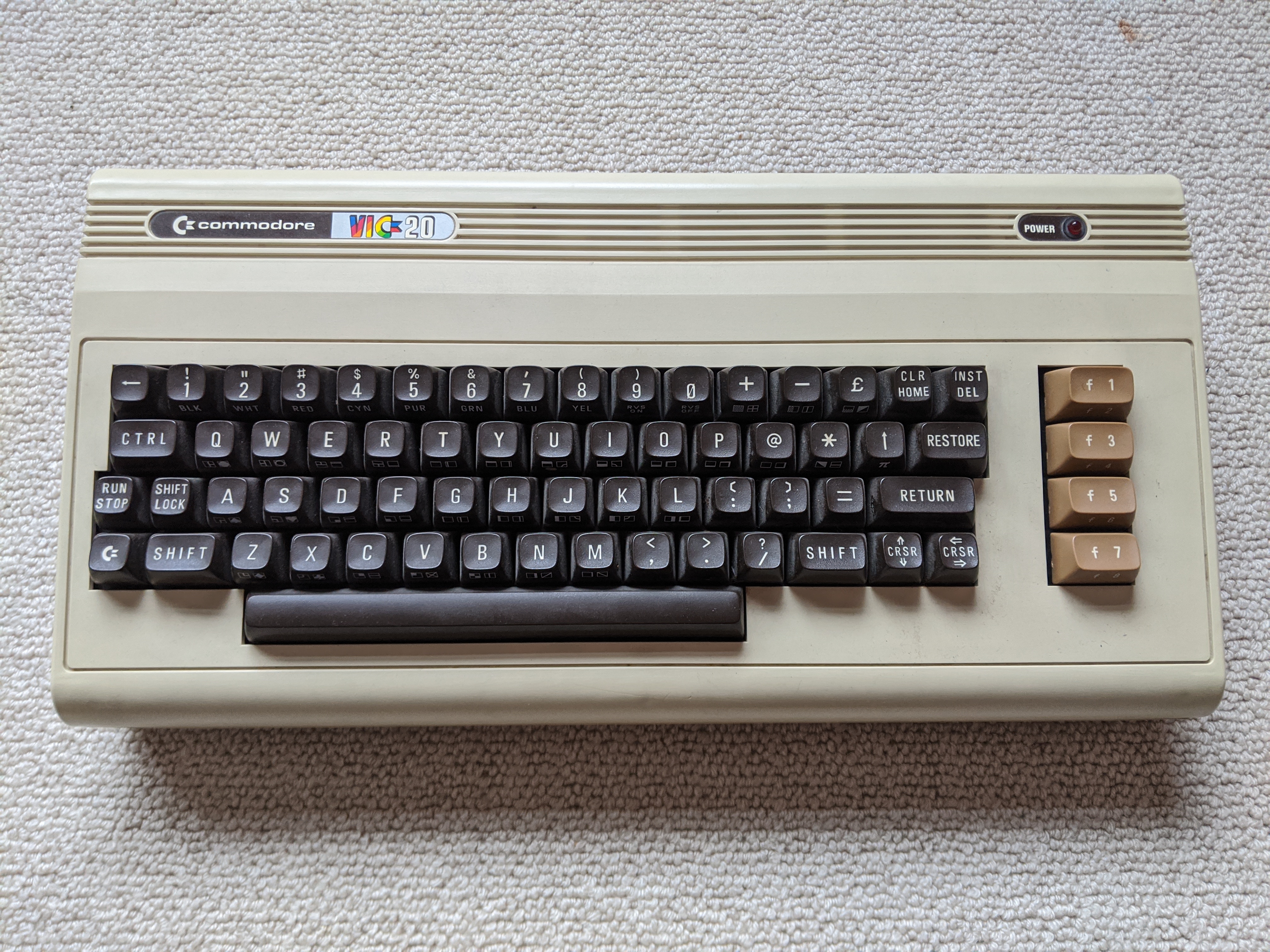
I still have the box and power supply. Somewhere I’ve got the dedicated tape drive. There are also a selection of (cartridge) games. The tape-based games are probably hanging around in a box somewhere too but I imagine they’d load even less reliably than they did when new… As you can see from the box, the Vic20 was a beast. Colour and sound & music!
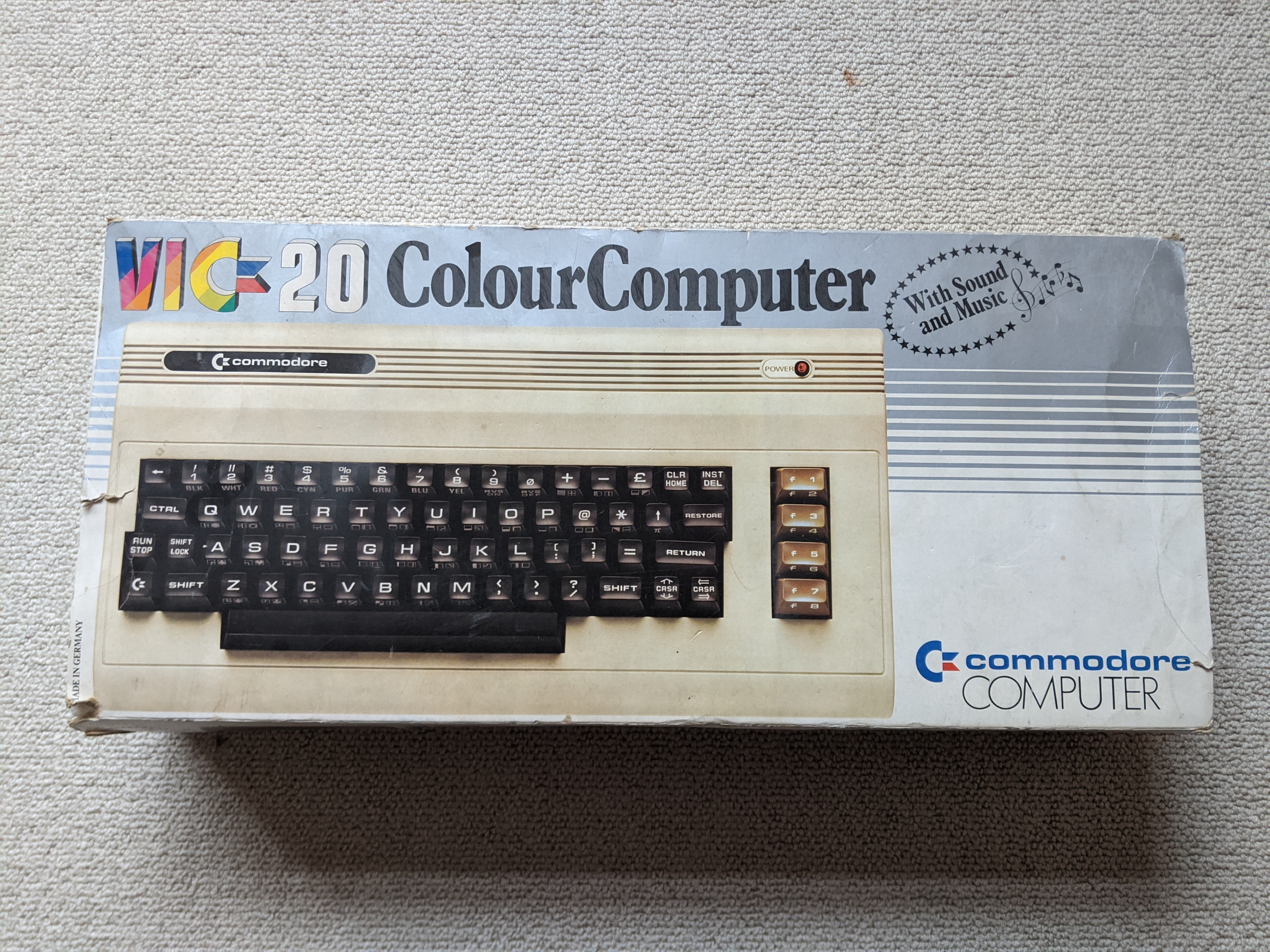
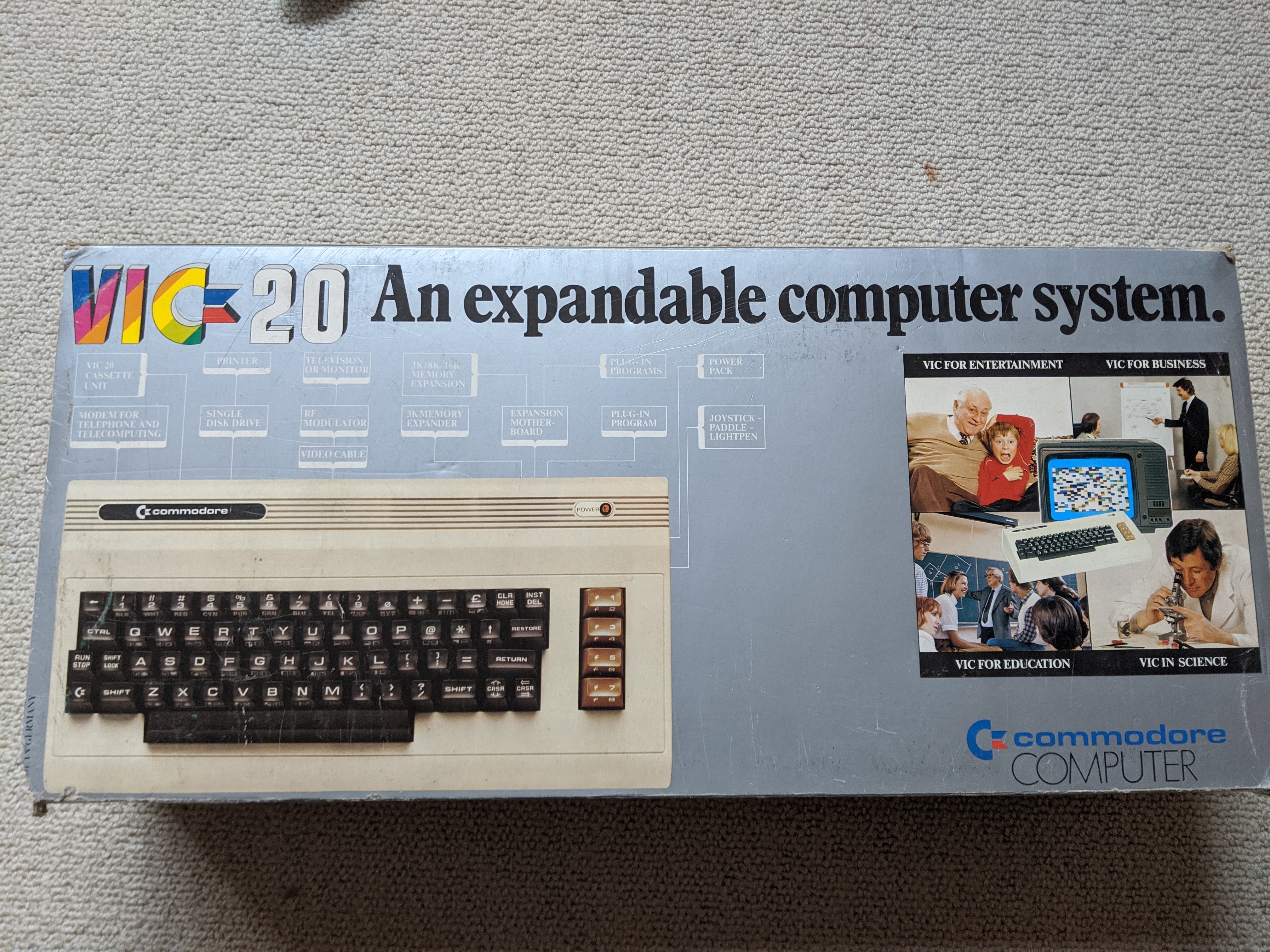
Changing colours or making sounds was a simple matter of poking a value into an address. e.g. poke 36879,7 would make the screen go blue. Other addresses would change the border colour, make sounds or even alter character shape (to call it a font is a bit of a stretch but I recall designing my own character sets on paper then poking memory to change what I saw on screen). Yes I had to cheat a bit to remember some of this!
The Vic came with a full 3½K RAM but some games, unbelievably, needed more. Numerous devices were available to pump up the memory and at some point I (ok, my parents) settled on the Vixen…
Some games couldn’t cope with the heady heights of 19½K RAM hence the dip-switches allowing 2K, 4K, 8K or 16K to be presented to the machine.
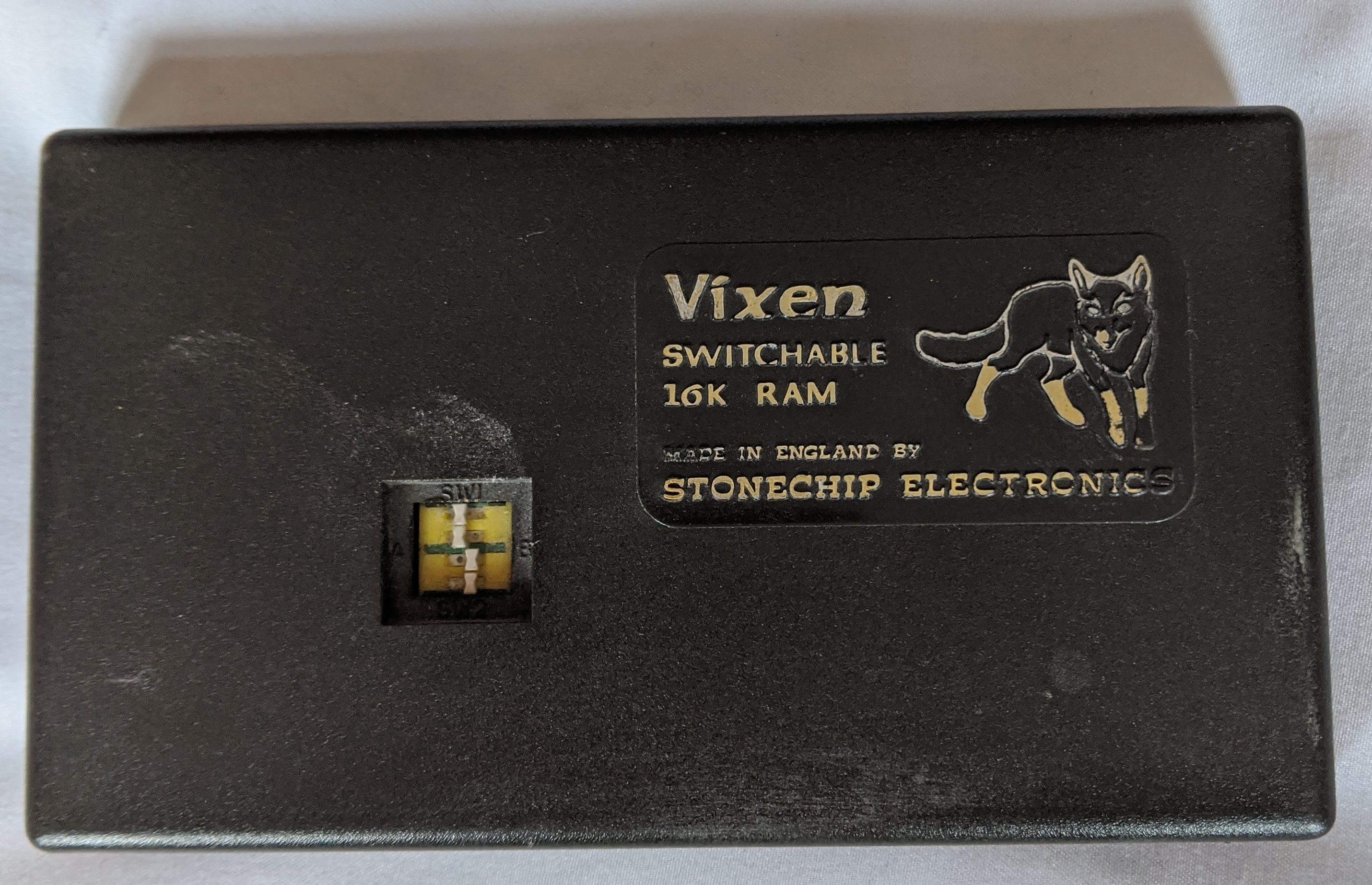
My next computer, a few years later, was an Amstrad CPC-464:
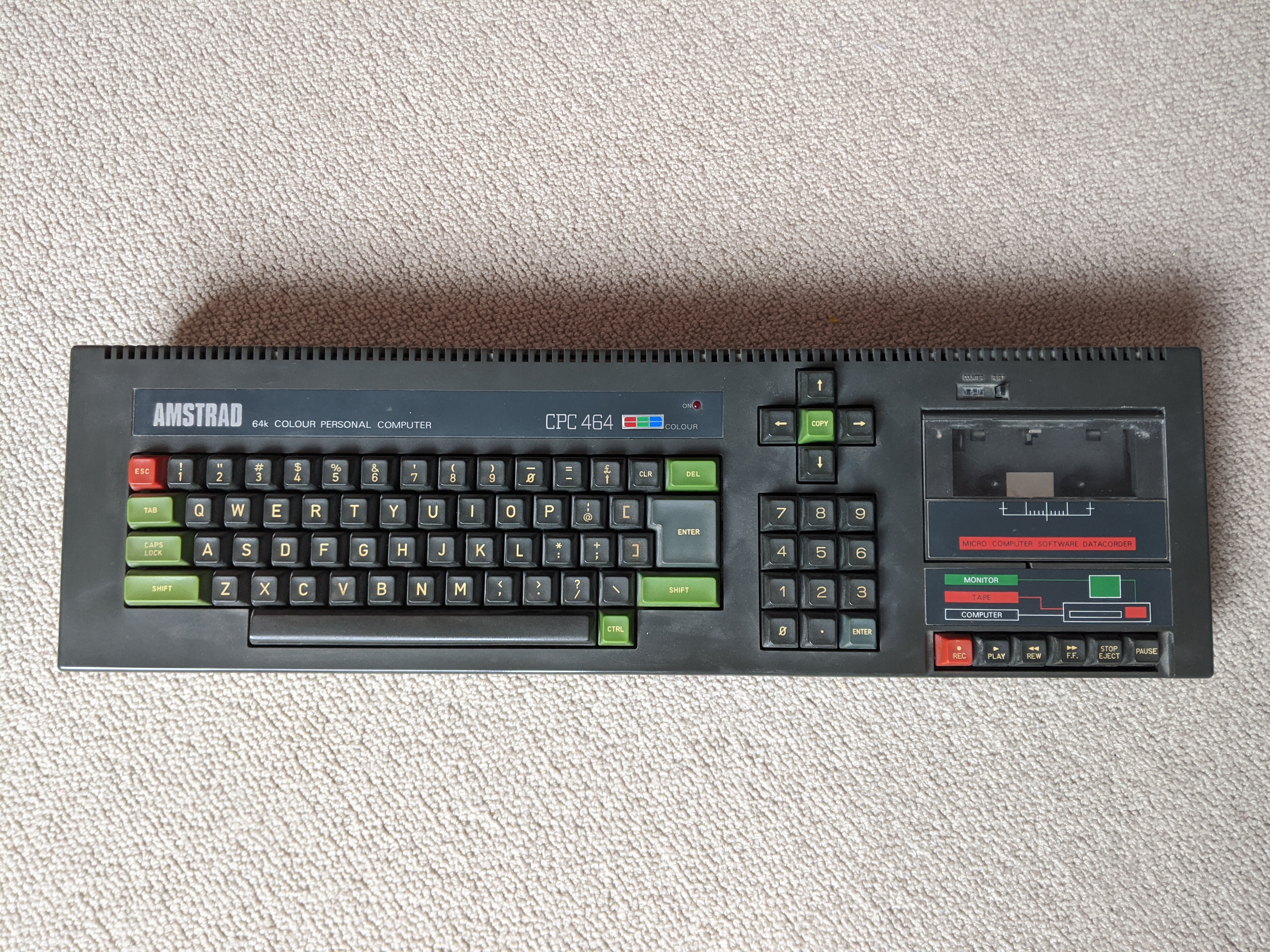
Oh the might of 64K RAM and, delight of delights, a built-in tape drive - somehow far more reliable than the Vic20’s dedicated offering (that was itself still far more reliable than a friend’s drive attached to his Speccy). Over the years I built up a collection of accessories bought from a number of computer shows. I remember a speech synth (which was, as you might imagine, pretty unintelligible) and a Multiface2 which allowed games to be paused (and saved) at any point. My favourite though was the three inch disk drive … oh the speed! The DMP2000 was a close second - many homeworks were typed rather than written, teachers only complained when the ribbon got low on ink and the print was, umm, a bit faint ![]()
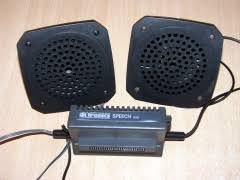
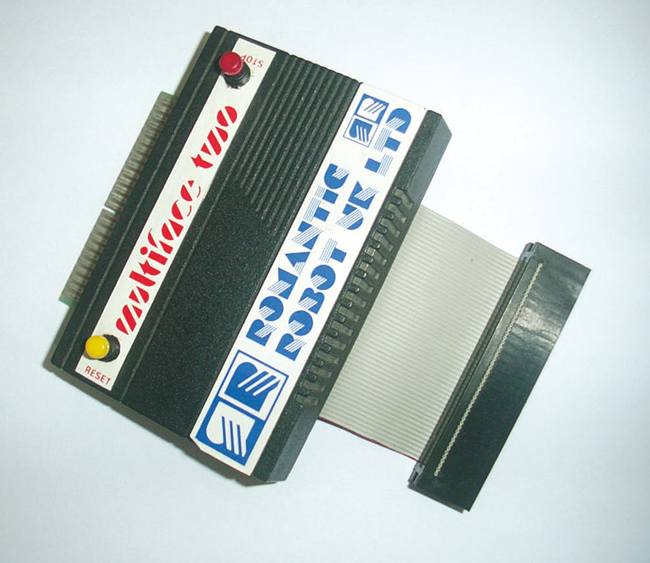
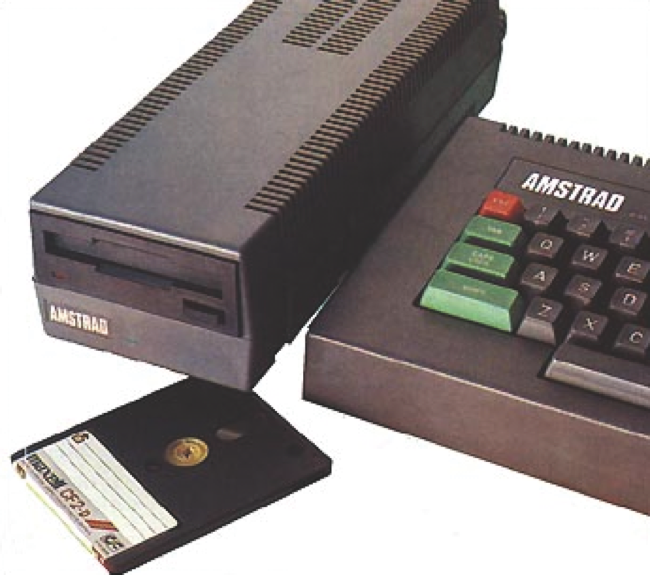
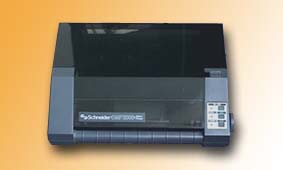
Move forward in time and university beckoned. The Amstrad plainly wouldn’t cut it so some research was in order. If I have any younger readers let me explain what this meant. (pedants look away) The internet basically didn’t exist at this time so research meant reading bits of paper stapled together; such magazines were typically published weekly or monthly.
Since I was taking a Computer Science course I needed some form of IBM PC. But I also wanted something that would play games. An Amiga A2000 with 286 bridge board beckoned - the best of both worlds. Fortunately these were also subject to educational grants so I got a very significant discount (60% if memory serves) … even so it still meant spending my entire inheritance from an aunt. A good investment I reckon.


You may just about be able to make out the sixteen RAM chips I inserted - weirdly this RAM expansion was made possible by the hard disk drive interface card (first on the left of the twin 3.5” floppy drives) so not only did I get an extra 2Mb memory (making a heady total of 3Mb) but I also benefited from a gigantic 40Mb hard drive. Further left is the 286 bridge board, hooked up to the 5¼” floppy drive, followed by what I think is a video card. There’s also a cable (my first adventures in soldering, no you can’t have a close-up) to a joystick/mouse switching device…
Which reminds me. In reality my favourite accessory was my joystick. No sniggering at the back. I went through a few models but the one that lasted the longest (they never normally lasted more than a couple of years, this still works) is the Konix Speedking.
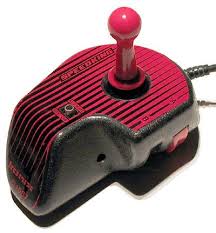
If you’d like to be brought up to speed, take a look at I’ve always wanted an Aston ![]()